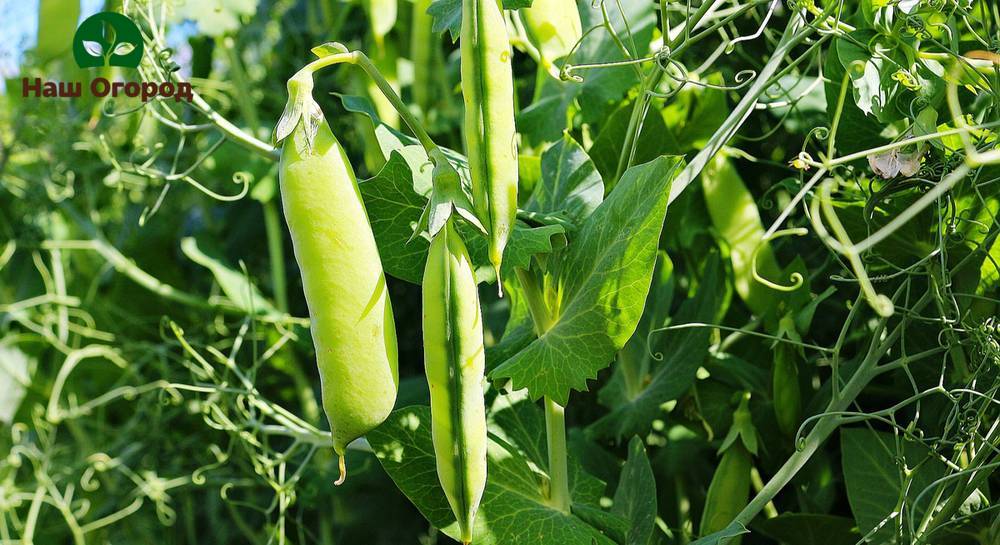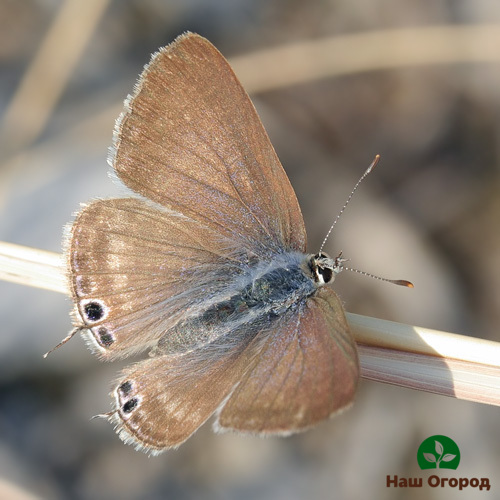6 essential answers to the 6 most important questions about growing peas
Content:
Nothing beats the super sweet taste of freshly picked, delicate, homemade peas. Besides the taste, peas are attractive to grow and do not take up too much space.
How to sow and plant peas
Peas are usually sown between March and early July and harvested in the summer. There are earlier crops that ripen starting in May. They can be sown in autumn or late winter. However, do not forget that losses from cold weather or from mice are possible.
Choose a sunny, well-drained area, as pea plants don't like cold, moist soil. Dig out plenty of garden compost, well-rotted manure, or mushroom compost before sowing to improve the soil.
Use a hoe or shovel to make a shallow trench, about 22 cm wide and 3 cm deep. Sow the peas in two parallel lines, placing the seeds about 10 cm apart. Then you need to cover the seeds with soil, water well and mark the row. The seedlings should appear in one or two weeks.
Alternatively, you can plant the plants indoors in the fall to avoid seed pests.

How to care for peas
To prevent plants from falling to the ground, place supports while they are still young. Peas cling to them using shoots called tendrils. They wrap around everything they come into contact with. Therefore, it is worth choosing supports that are thin enough so that the antennae can wrap around them. Large twigs, known as pea sticks, are the traditional choice, but the net row is a good alternative.
How to pick peas
The peas should be ready for harvest three months after sowing. Green peas (with edible pods) should be harvested when they are just beginning to show signs of peas forming in the pods. Other types are ready as soon as the peas swell in the pods.
Select pods from the base to the top of the plant as the bottom is the most mature. Use two hands to avoid damaging the plant. Peas have a habit of hiding under foliage, so be careful and make sure you don't miss a few ripe fruits.
How to store peas
Peas taste best when used immediately after harvest. In the refrigerator, it can keep its freshness for no more than a week. If you have excess peas, you can freeze them.
Peas: problem solving
The pea butterfly can lead to unpleasant larval infestations. The risk is reduced if it is sown early (October to mid-February) or late (June and July). You can also cover the crop with lutrasil or fine netting as soon as you transplant the seedlings or see them start to appear.

Pea seeds indoors
An alternative to sowing peas outdoors is to grow plants indoors or in greenhouses. You can transplant it outdoors as soon as space becomes available and there is less risk of mice or other pests leaving gaps in your rows. One of the easiest ways is to sow the seeds to the length of the trough and then simply slide the entire row into the ground when the plants are large enough.

